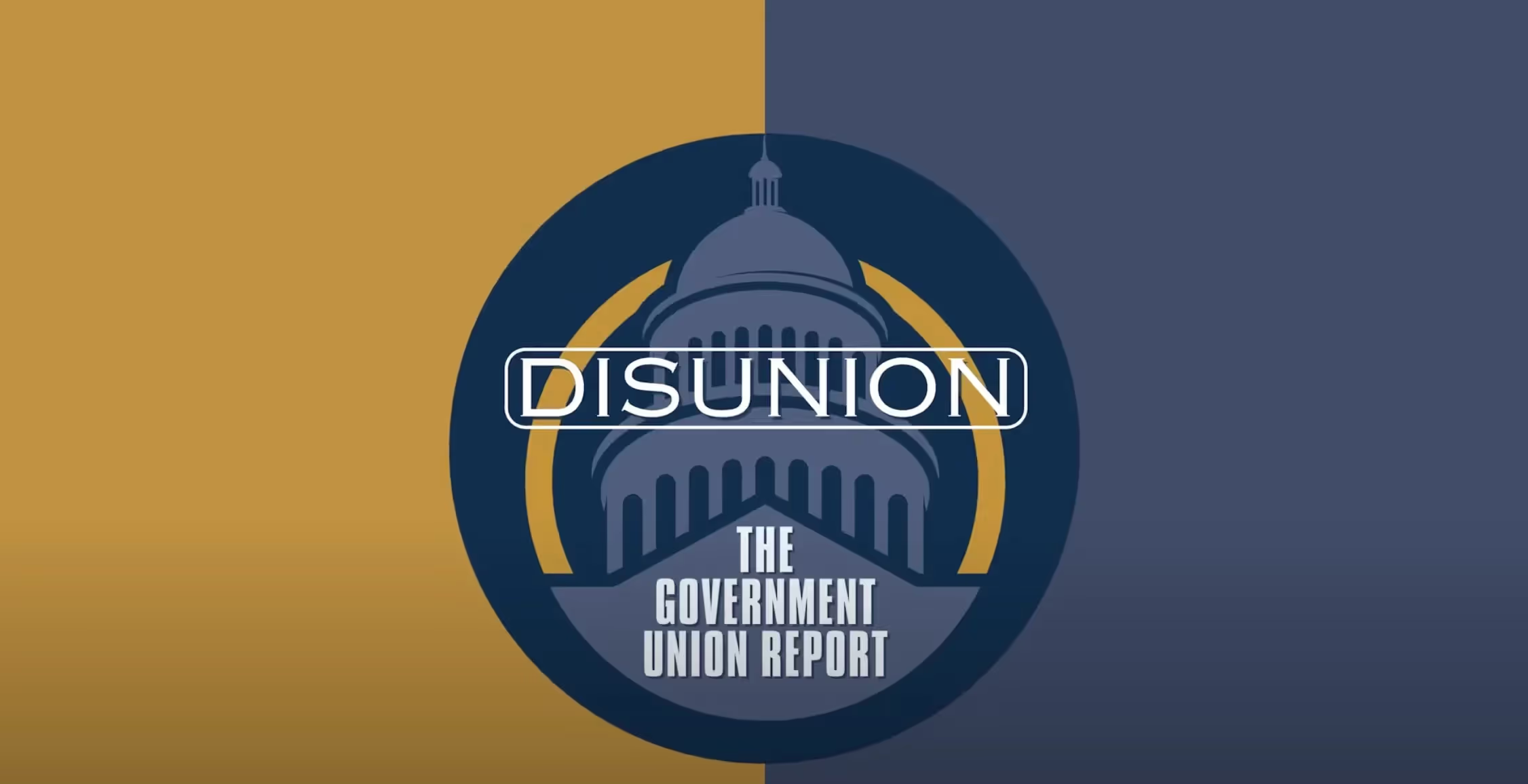
The Fictions Holding Down the Economy
As the legendary Julian Simon wrote, “False bad news is a very real social pollution, and a dangerous one.”
The good news is that free markets work. The bad news is that many people don’t believe that free markets work.
Phil Gramm and Donald Boudreaux have written a book called The Triumph of Economic Freedom in which they debunk seven economic myths that undergird much of American government policy today. The book is a valuable resource to anyone who needs a refresher on the defenses of free markets based on historical research. Both men are teachers at heart — Gramm taught economics before serving in Congress, and Boudreaux is a professor — and they communicate with clarity and precision.
The problem is that people believe that the New Deal ended the Great Depression, free markets caused the Great Recession, the Industrial Revolution led to increased poverty, and free trade hollowed out America. They really, sincerely, believe these things to be true. And that really does matter.
“Conventional wisdom firmly holds” that the myths in the book “constitute strong evidence for expanding government’s role,” Gramm and Boudreaux write. If you think a lot of that government expansion has been detrimental, as conservatives do, then that conventional wisdom is socially harmful.
It can be a bit uncomfortable sometimes for conservatives to say that people’s beliefs can be socially harmful, because too often the follow-up to that is some kind of imposition on people’s freedom. Climate activists, for example, have argued that dissent from their alarmist view of climate change should be criminally prosecuted (one such activist is the current Secretary of Health and Human Services). Conservatives rightly decry these efforts at censorship.
But the point about social harm is not wrong. If lots of people believe something that isn’t true, in a democracy, public policy will likely be made on that basis. That is genuinely harmful.
In a 1980 article for The Public Interest, economist Julian Simon wrote, “False bad news is a very real social pollution, and a dangerous one.” He was writing in the context of the Global 2000 Study, a report commissioned by President Carter in 1980 that said by 2000, “the world’s people will be poorer in many ways than they are today.” It said, “For hundreds of millions of the desperately poor, the outlook for food and other necessities of life will be no better. For many, it will be worse.”
It was part of the genre of eco-doomsaying that Simon made it his life’s mission to demolish. In that Public Interest article, Simon clearly articulated why resources would not become scarcer and people would not become poorer by 2000. And he turned out to be correct, just as he was correct in his famous wager with Paul Ehrlich about the future prices of vital commodities.
Between 1980 and 2000, the share of the world’s population living in extreme poverty declined from 34 percent to 25 percent. The death rate from malnutrition declined by 43 percent. Rice yields increased by 41 percent, and wheat yields increased by 47 percent. Global average life expectancy increased by six years. And all of that happened while the world’s population increased from about 4.5 billion to over 6 billion.
The Global 2000 Study was false bad news. Simon knew its errors when it was published. But how many public policies around the globe were based on ideas similar to those found in that report and others like it, before and after? To fight overpopulation, China implemented the one-child policy and India sterilized millions of people. All kinds of policies have been developed in rich countries to reduce consumption for fear of running out of oil, water, and other natural resources.
Gramm and Boudreaux are addressing the false bad news about American economic history in their book. The seven myths they address are:
1. The Industrial Revolution made workers poorer.
2. Consumers and workers demanded Progressive Era economic reforms to protect them from big businesses.
3. A failure of markets caused the Great Depression, and the New Deal policies ended it.
4. Free trade hollowed out the manufacturing sector.
5. Financial deregulation caused the Great Recession.
6. Income inequality is high and has been rising in recent decades.
7. Poverty remains stubbornly high, and this is due to American capitalism.
What actually happened:
1. The Industrial Revolution was the beginning of the “Great Enrichment” that has made workers richer. In the United States, the late 1800s was a period of sustained deflation as prices fell due to a surge in output. In the 50 years from 1865 to 1915, the average real wage in manufacturing increased by 189 percent.
2. Progressive Era economic reforms were demanded by incumbent firms seeking to protect their advantages or politicians with vendettas against big businesses. Standard Oil’s output was rising, and prices were falling, and its market share was steadily shrinking from the mid-1890s until it was broken up in 1911. Federal regulation of railroads was pursued at the railroads’ request, and federal regulation of meatpacking was done to protect local meat sellers from competition, not consumers.
3. The Great Depression began two months before the 1929 stock market crash and became so severe due to poor monetary policy by the Federal Reserve. Presidents Hoover and Roosevelt both pursued interventionist economic policies that backfired and worsened the depression. The economy did not boom until after World War II, when government controls were largely eliminated and federal spending was sharply reduced.
4. U.S. manufacturing output is at record highs today. The share of the workforce in manufacturing has been in gradual decline for decades, following the same pattern as other countries as they become richer. Trade deficits do not correlate with overall economic performance, and historical economic growth occurred despite higher tariffs, not because of them.
5. Most subprime mortgages were made at the government’s urging and were securitized by government-sponsored enterprises. Congress passed four major laws increasing financial regulations between 1980 and 2007, and financial regulators had larger workforces and budgets than ever before.
6. Official statistics make income inequality look worse than it is because the Census Bureau does not count most transfer payments as income and does not adjust income for taxes paid. With America’s highly progressive income tax and increasingly generous welfare benefits, income inequality is much lower than it appears, and it has slightly declined over the past 70 years.
7. Counting transfer payments as income also makes the poverty rate decline from 11.5 percent to 2.5 percent. Because U.S. median income is higher than in other rich countries, applying U.S. poverty standards to those countries’ populations yields higher poverty rates there. Only about one-third of people in the bottom income quintile are full-time employed, and because of transfer payments, they have roughly the same average income as the second quintile, where most people work.
One problem that allows false bad news to persist is evident in the writing above: It takes more words and more thought to debunk the false bad news than it does to spread it. That works as a sort of structural bias in favor of doomsayers.
Doomsayers can also be on offense all the time, while those who seek to counter them have to be defensive sometimes. It is, of course, true that many people are still in poverty today, some factories did close due to foreign competition, and industrialization did cause pollution. The counterargument to “everything is getting worse” is not “everything is getting better,” but rather, “on net, most things are better,” which is not nearly as invigorating.
It also doesn’t inspire grand calls to action. Gramm and Boudreaux want us to read more books and think about the Founders more; socialists want to overthrow the elites and smash police cars. It’s not hard to tell which one will be more likely to excite a crowd.
As F. A. Hayek said, humans also seem to have an atavistic predisposition against markets. Commercial society is still basically brand new in world-historical terms, and humans are used to thinking in zero-sum terms between warring tribes.
Against those disadvantages, supporters of free markets do have one big advantage: Markets actually work. Supply and demand interact in predictable ways. As countries have adopted market reforms, they have become wealthier, and billions of lives have improved.
So how is it that so many people still believe the opposite? Simon answered with a question: “Who is there to stop them?” In a free society, there should not be a censor to prevent people from spreading false bad news, and non-governmental attempts such as fact-check journalism have been overall a failure. People will still believe things that are not true, and policy will be made on that basis for as long as there are people.
That doesn’t mean resignation is the right course of action. On the contrary, because free market supporters know the truth, they should keep their ideas alive. As Milton Friedman said, when crises from statist economic policies happen, “the actions that are taken depend on the ideas that are lying around.” Books like Gramm and Boudreaux’s help to make sure some of the ideas lying around are the right ones, even if policymakers only heed their wisdom too late.
Dominic Pino is the economics editor and Thomas L. Rhodes Fellow at National Review and the host of the American Institute for Economic Research podcast Econception.
Economic Dynamism

The Causal Effect of News on Inflation Expectations
This paper studies the response of household inflation expectations to television news coverage of inflation.
.avif)
The Rise of Inflation Targeting
This paper discusses the interactions between politics and economic ideas leading to the adoption of inflation targeting in the United States.

The Revenge of the Supply-Siders
Trump would do well to heed his supply-side advisers again and avoid the populist Keynesian shortcuts of stimulus checks or easy money.

U.S. Can’t Cave to Europe’s Anti-Growth Agenda
One does not have to support protectionist tariffs or protracted trade wars to see why Washington needs to continue using trade to pressure Eurocrats to give up micromanaging tech platforms and supply chains around the world.




.jpg)




.jpg)







